
Science and Technology Minister Naledi Pandor says the launch of the Ghana Radio Astronomy Observatory now means Ghana is open for science research.
Speaking to SAnews in Accra on the side-lines of high level meetings with South African and Ghanaian officials and dignitaries, the Minister also said the funding from the African Renaissance and International Cooperation Fund helped to get a buy-in on the project from the Ghanaian government.
She said this as Minister Pandor and Ghanaian President Nana Akufo-Addo are expected to officially launch the repurposed radio telescope in Kutunse on Thursday afternoon.
"What it means is that now, scientists can do their research work using that antenna, that radio telescope.
"It means they can do it here in Ghana and that they will partner and collaborate with researchers in other parts of the world and they will be able to produce papers that will be peer reviewed, that will appear in international journals. We hope they will make exciting discoveries of stars, of galaxies which were not identified before," she said.
The Minister said the project has also seen Ghanaian students returning to their country from universities in other countries to work on the project radio telescope project.
"We already have some good articles coming from the initial work done by a group of scientists and we want to see more and more of that. So it gives scientists in Ghana more opportunities to do more scientific work," she said.
African Renaissance Fund helps Ghana aim for the stars
The launch of the radio telescope comes not long after it reached a milestone where "first light" was observed.
"First light" is a process whereby the functionality of a radio telescope is tested for the first time, and the very first images are received.
The conversion of the radio telescope was in large funded by the African Renaissance and International Cooperation Fund and the Department of Science and Technology, who contributed R122 million to the project.
"I think what the funding did was to really make a reality out of the inclusion of eight other African countries in the Square Kilometre Array initiative.
"That inclusion was by design in the sense that to get the SKA model done, you cannot only locate antennae in South Africa, the radio telescope has to spread across a square kilometre grid of immense proportions.
"So in mapping out what the design would look like, these are the eight African countries featured as key signs that we would need to get the telescope built. So given that and South Africa's leadership in bidding for the project, it was clear that South Africa would have to make a commitment to the eight other countries.
"So we approached DIRCO [the Department of International Relations and Cooperation] with this project and sought funding from them in an area that is not the traditional development aid use of resources, it is more to enhance the research and innovation capacities of African countries which we feel actually is a much more durable investment in that it is sustained over time," she said.
Read Full Story
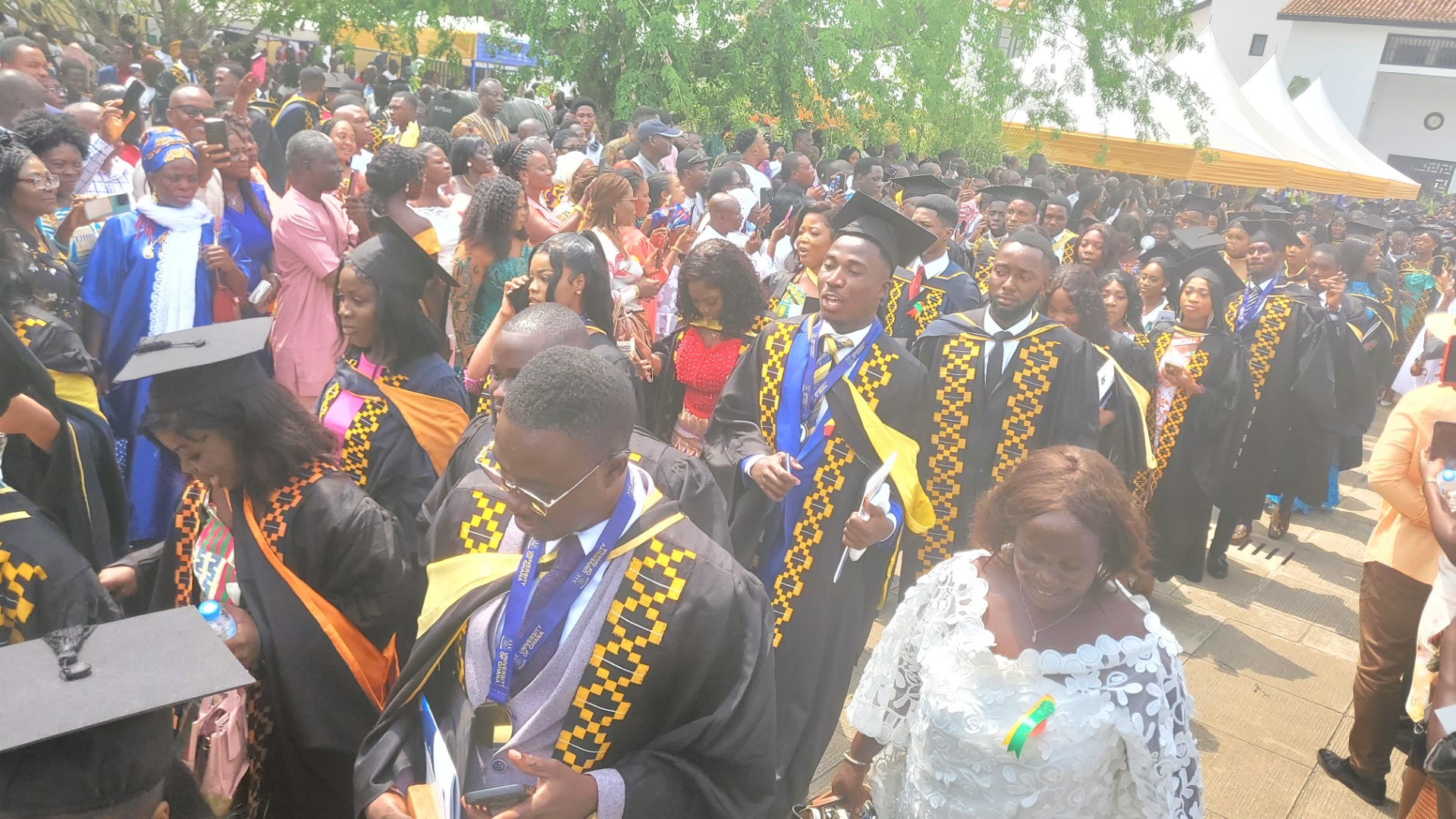
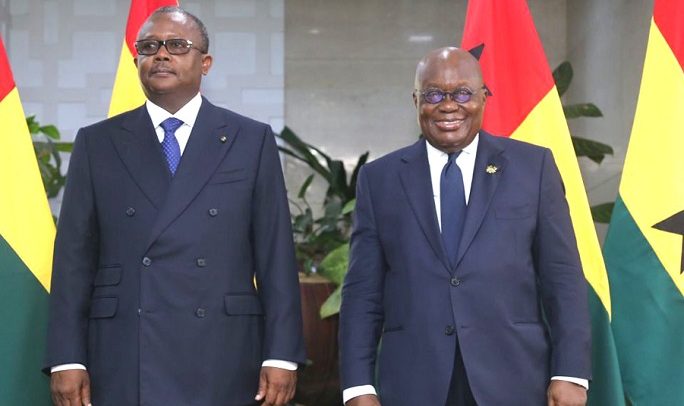


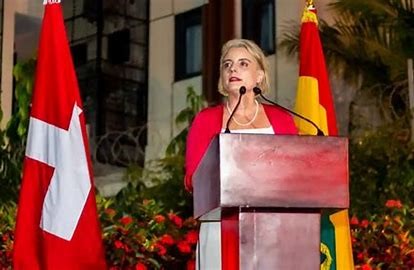
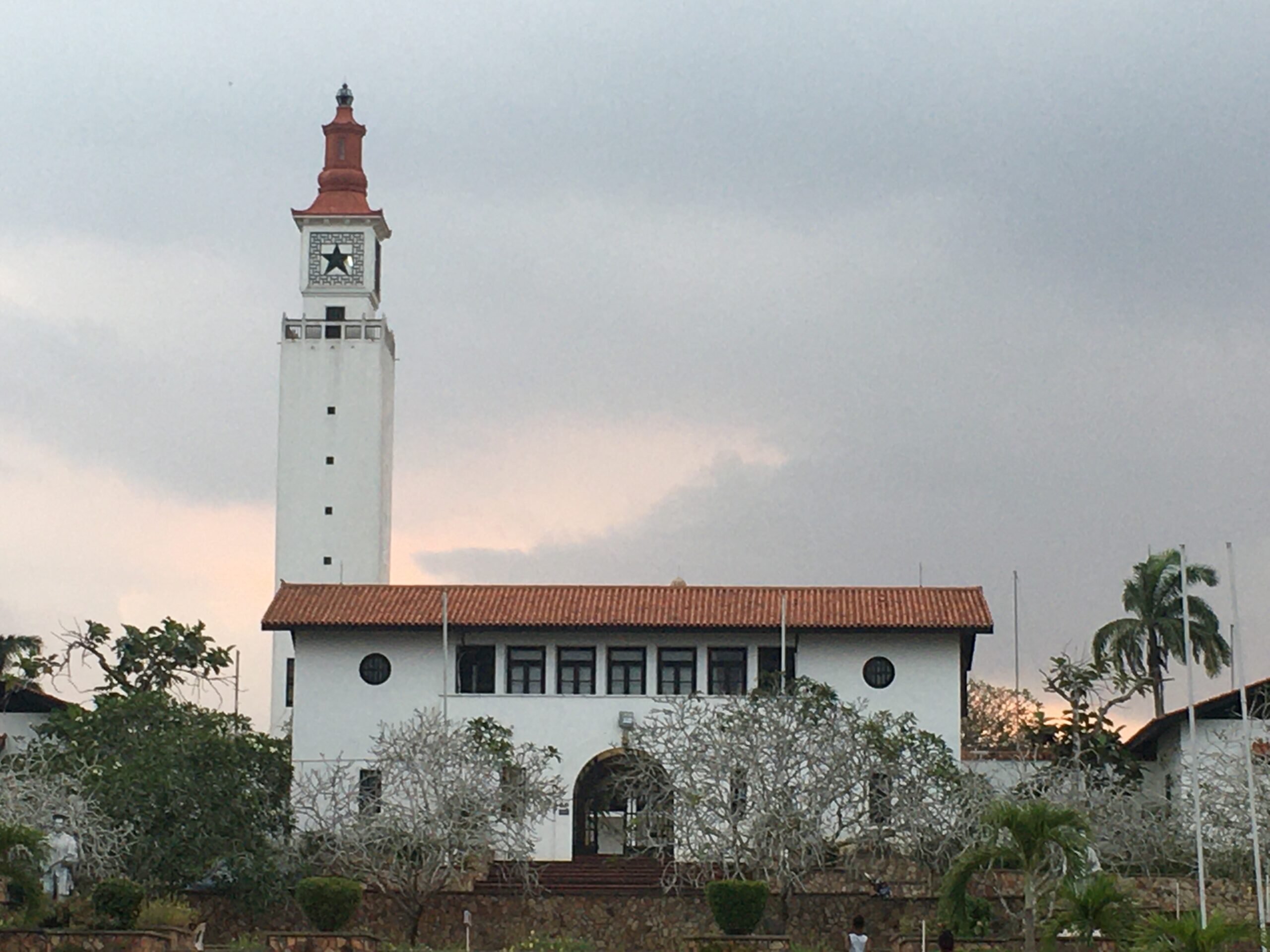

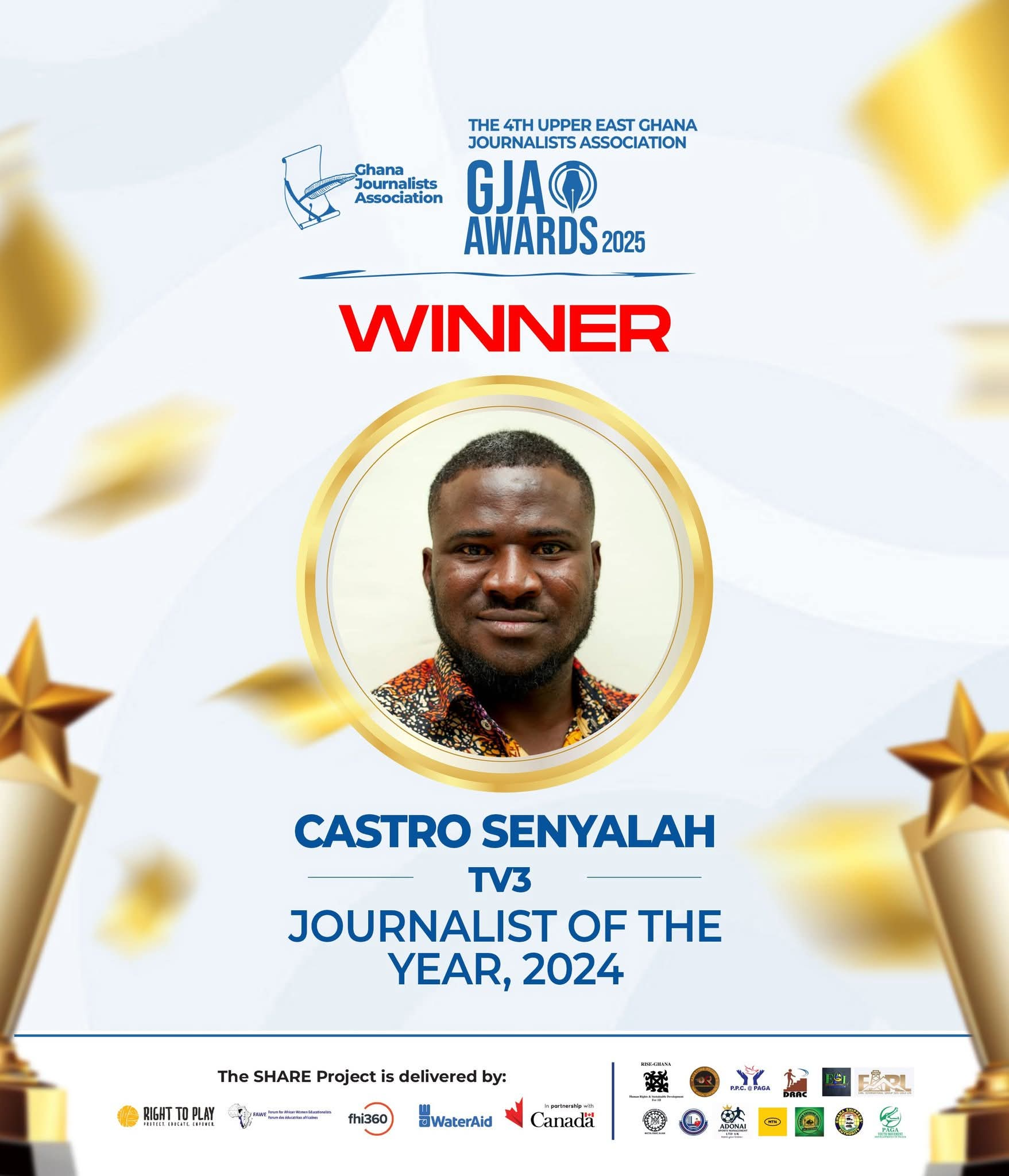
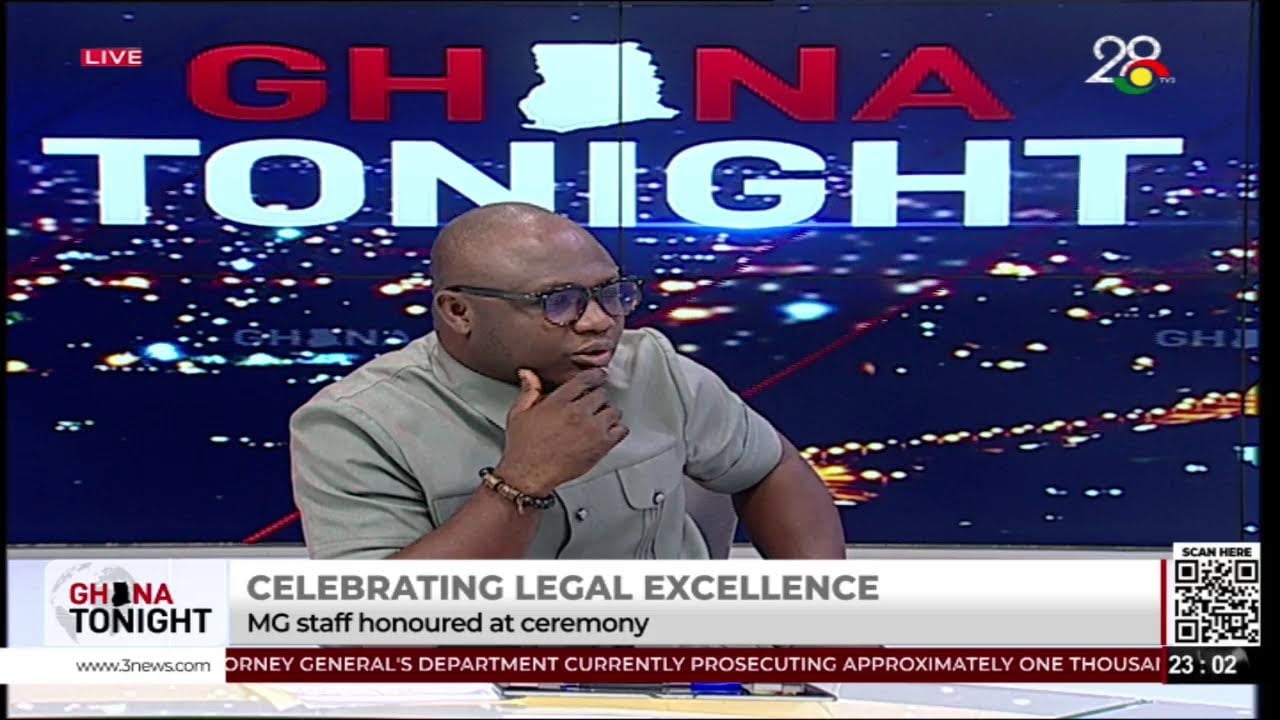

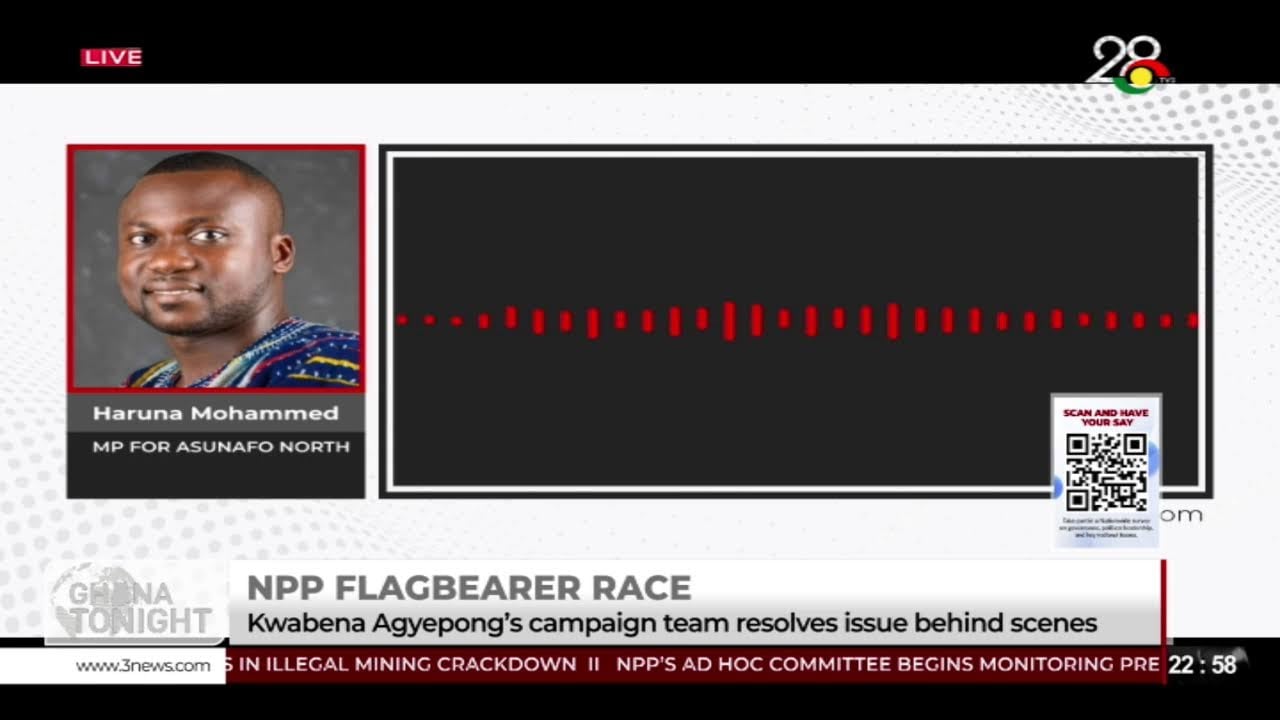




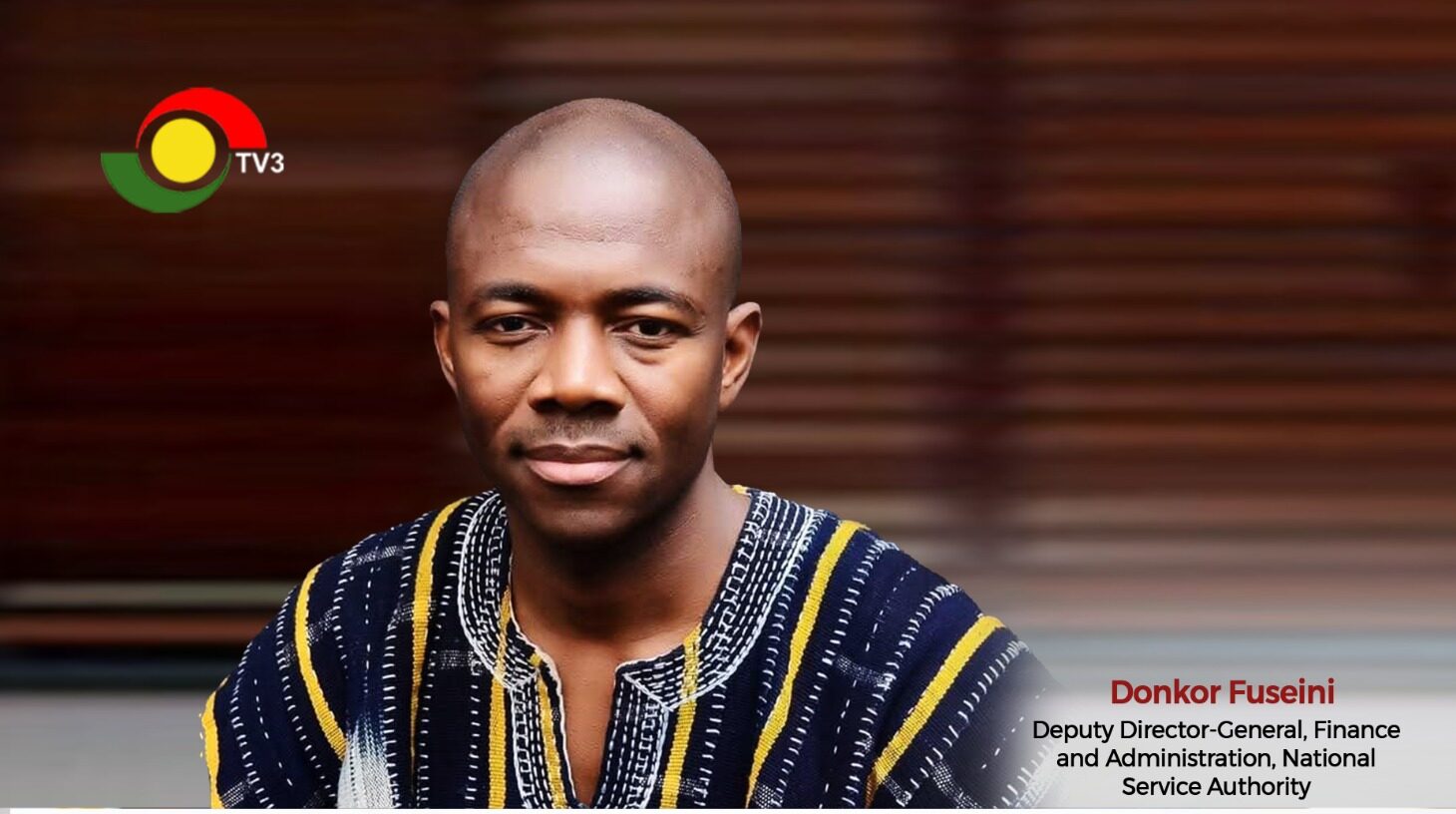

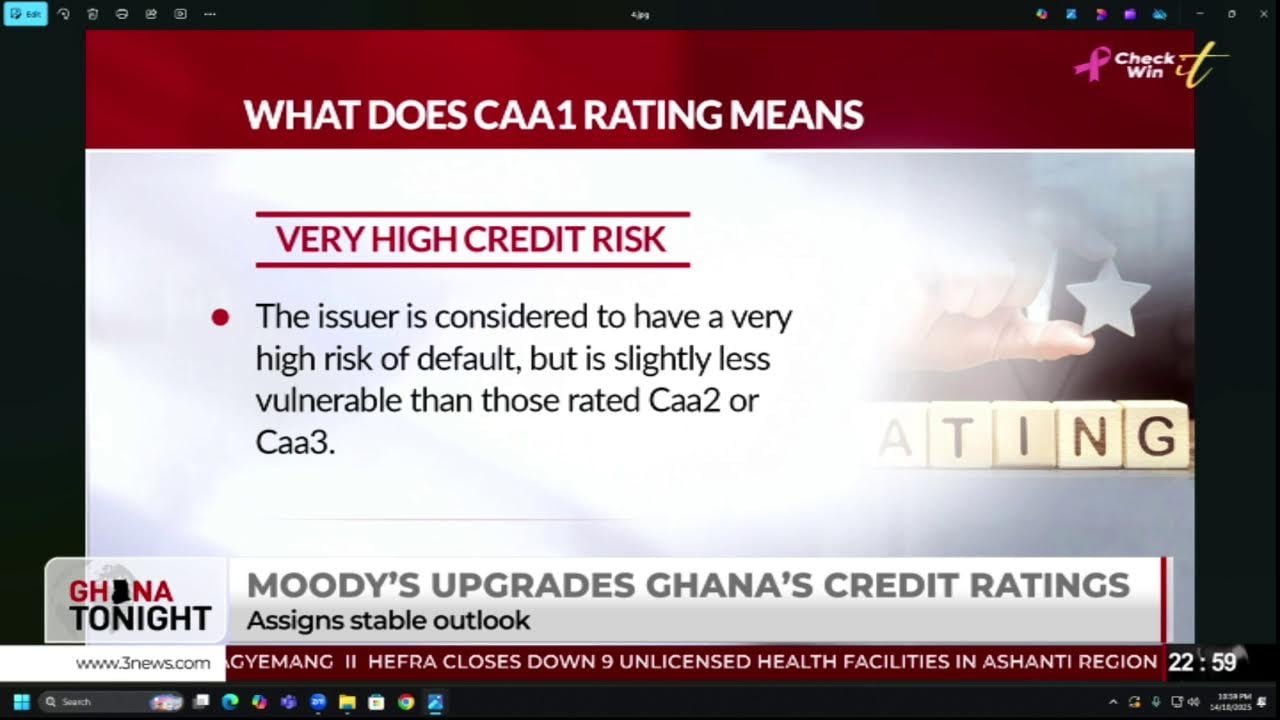
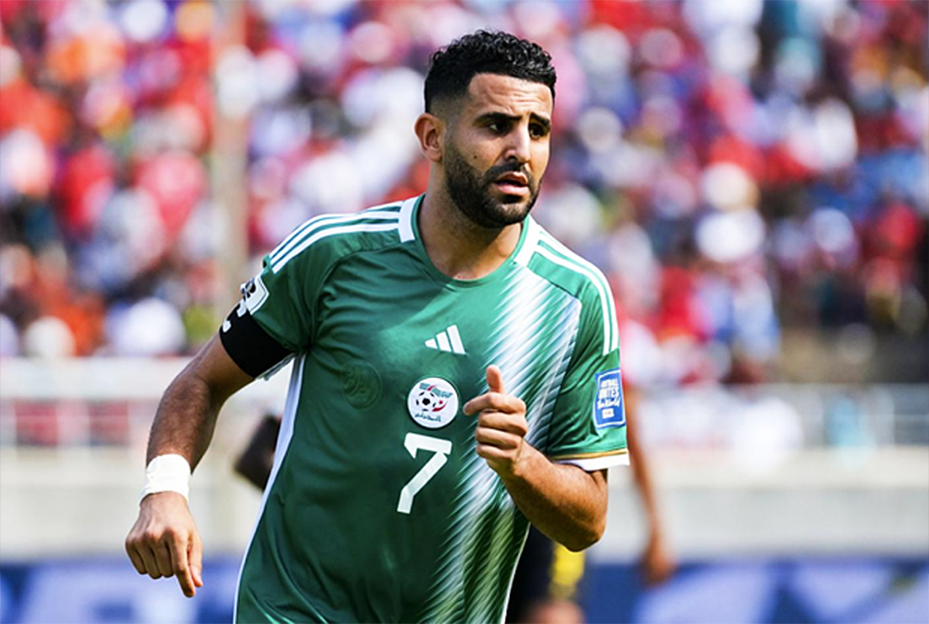



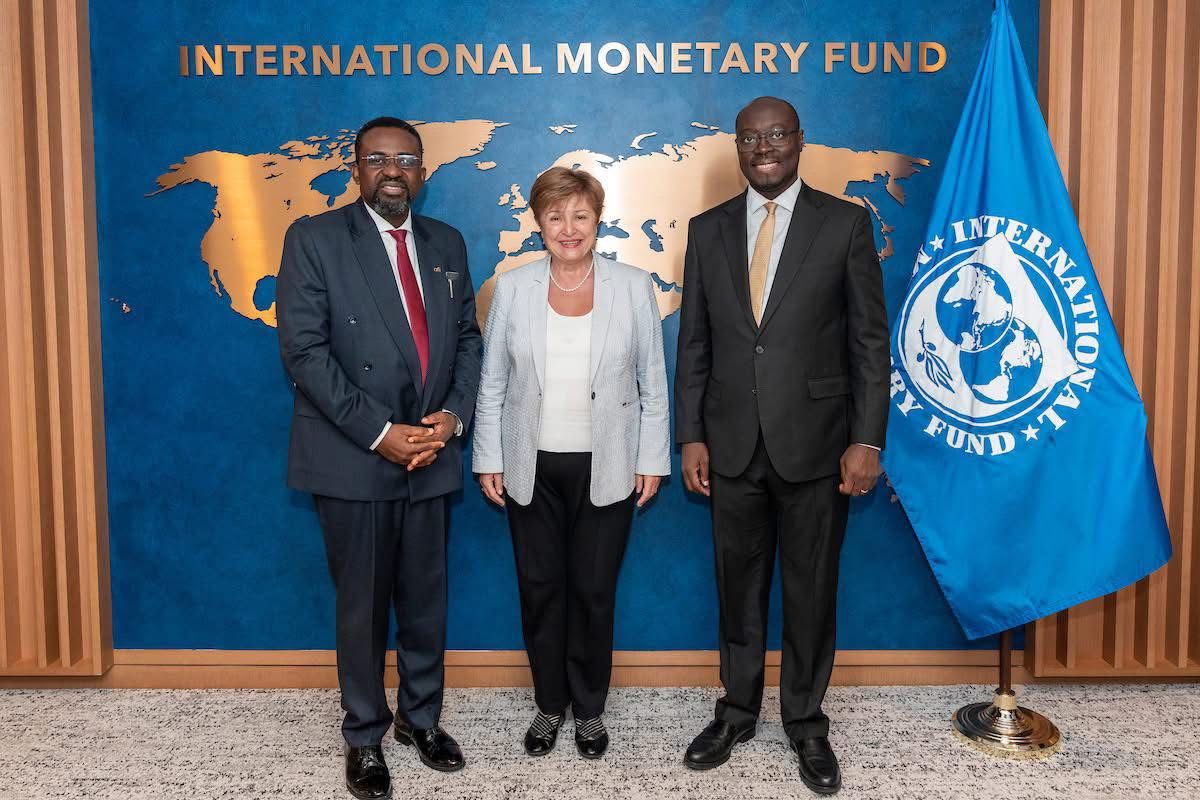
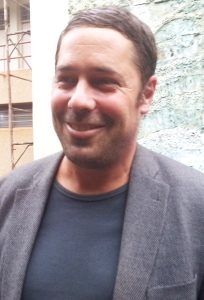
Facebook
Twitter
Pinterest
Instagram
Google+
YouTube
LinkedIn
RSS